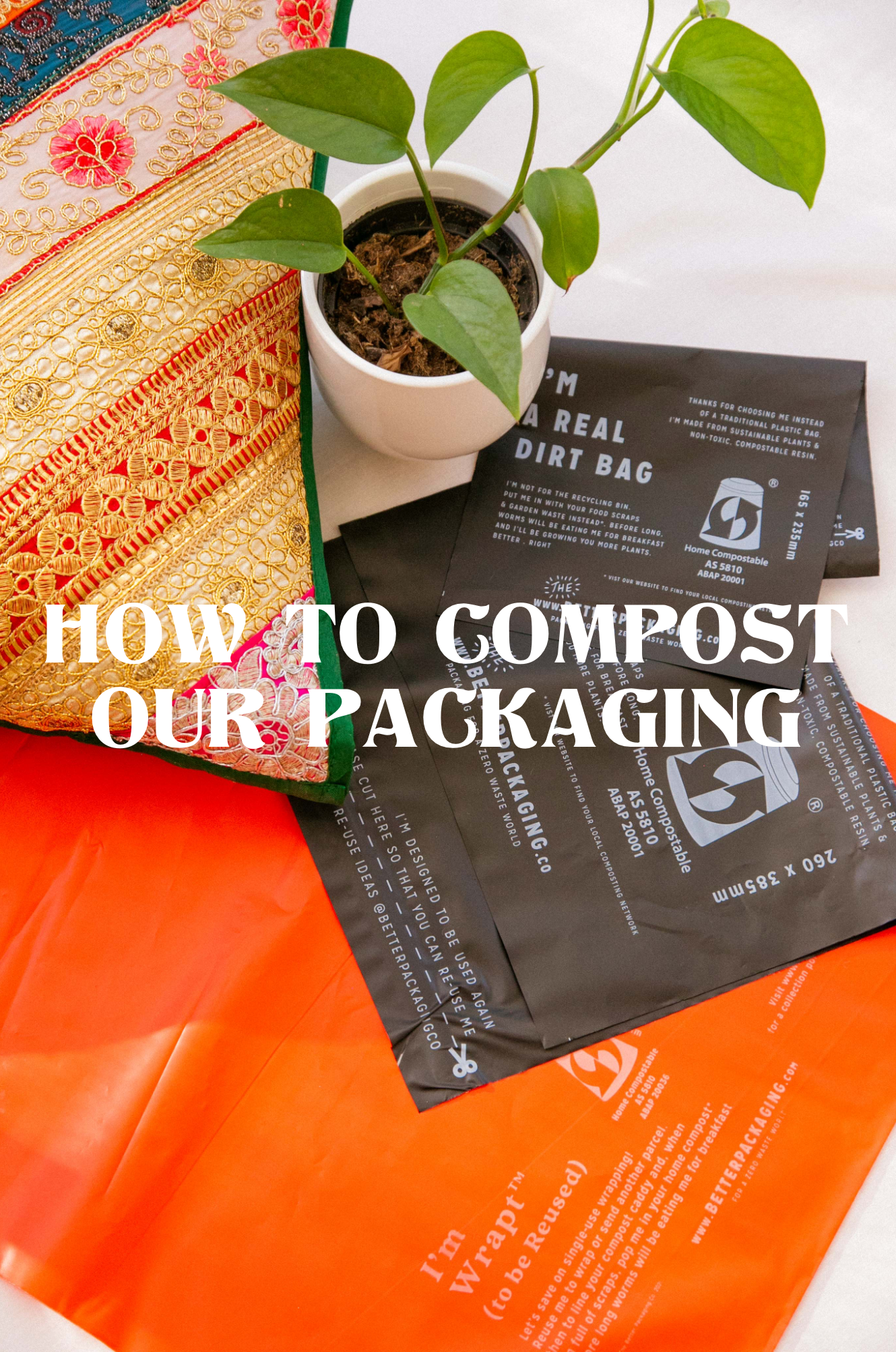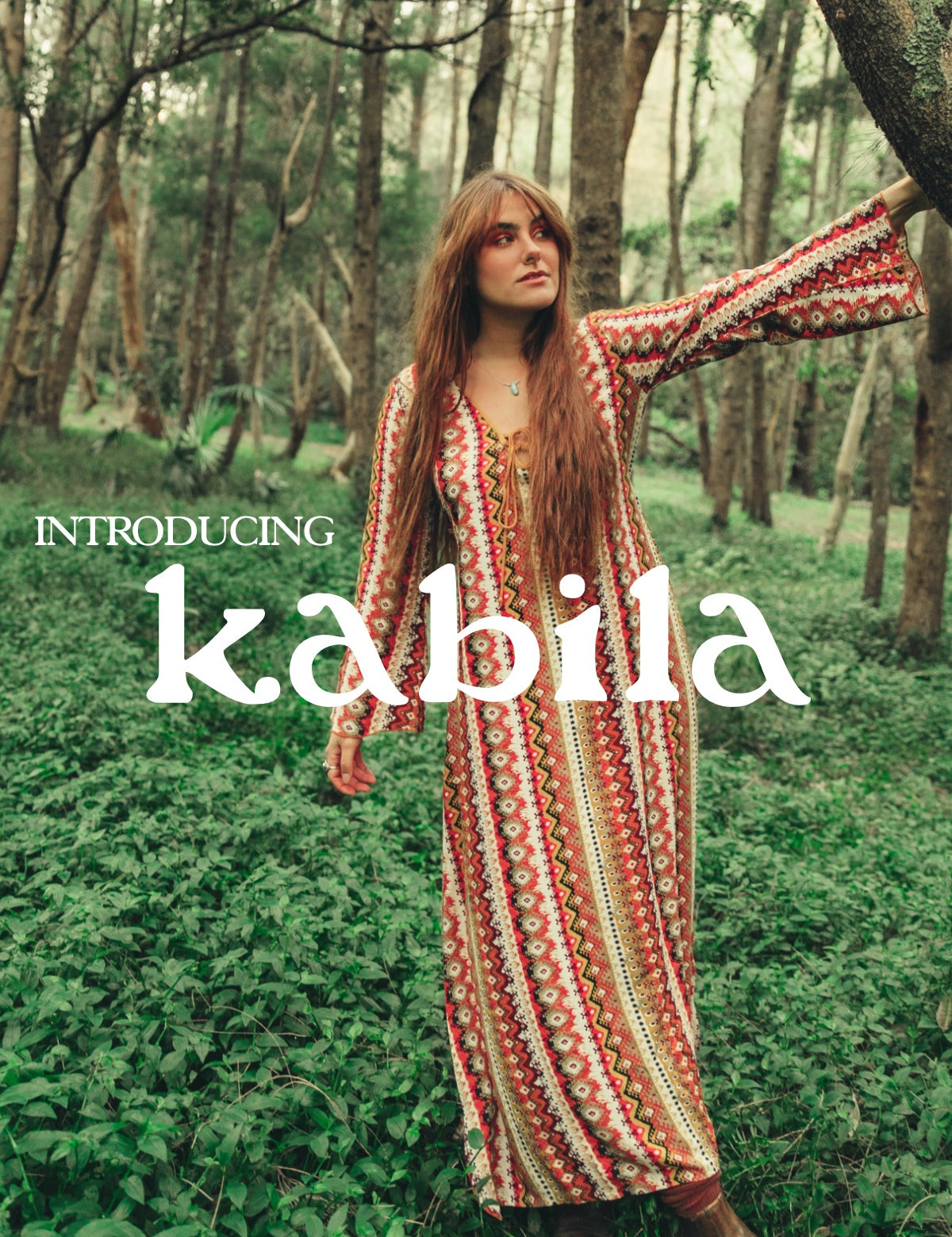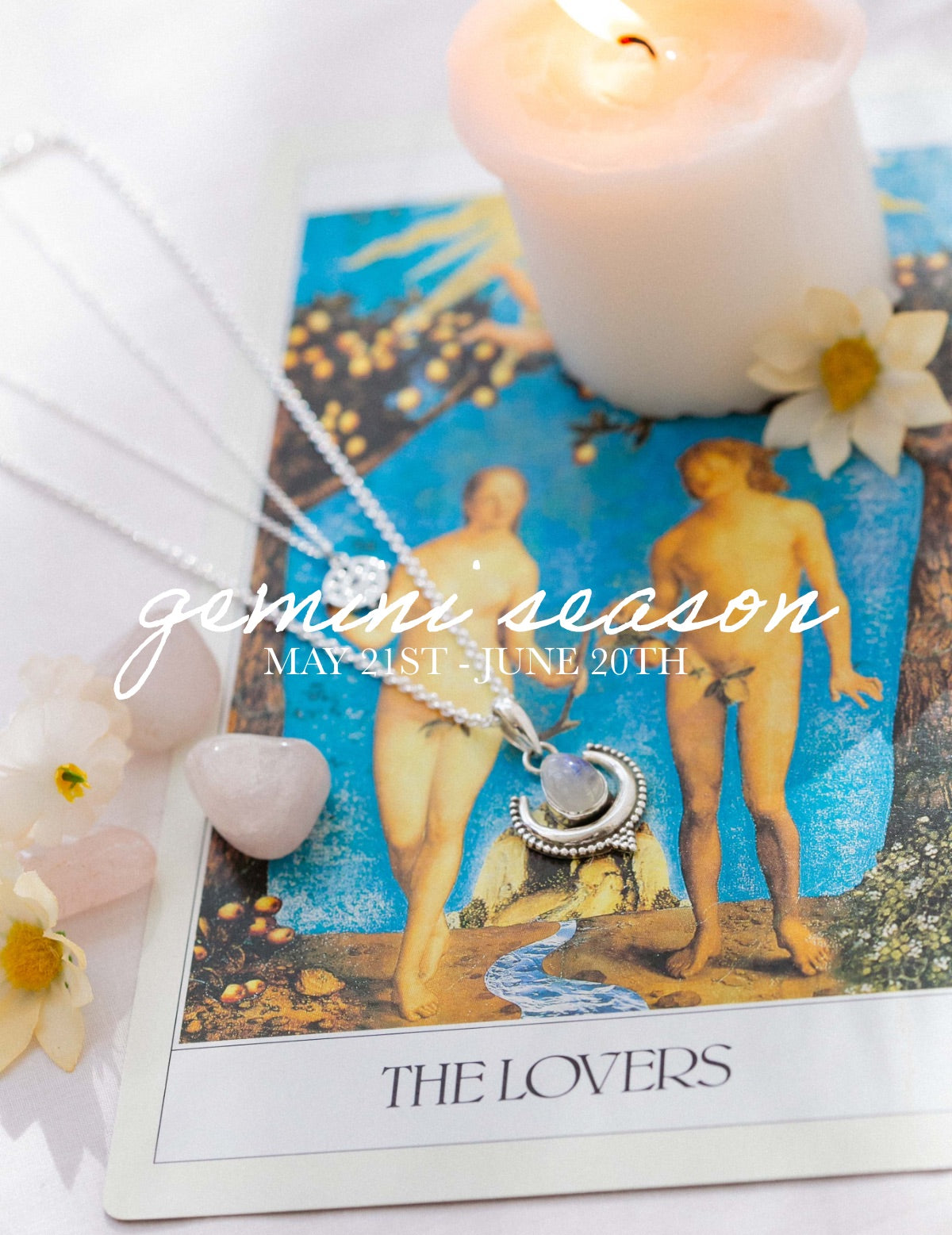🐛🌳♻
What are our compostable packages made from? The packaging we use for our online orders, by The Better Packaging Co, is made from corn starch, Polylactide (corn husks, rice straw and wheat straw) and PBAT (Polybutyrate Adipate Terephthalate). All biodegradable and compostable materials, you can compost them at home and are safe for your wormy friends! This eco-plastic will biodegrade in 3-6 months and I’ll be giving you a little insight into the process.
First, what can you compost? A whole range of things can be used in your composting adventures, some might surprise you!
- Fruits and veggies, cooked or raw
- Eggshells
- Coffee grounds and loose leaf tea
- Cooked grains (minus the meat) like pasta, rice, quinoa, or oats
- Beans, lentils, hummus
- Nuts and seeds
- 100% cotton or 100% wool fabrics
- Hair and fur
- Fireplace ashes (not coal)
- Shredded paper, cardboard, and newspaper
- Non-diseased, dead houseplants (we’re all guilty)
- Gardening collateral like leaves, flowers, grass clippings, branches and leaf clippings
How to get started. For those of you with backyards or acreage, you have the advantage of space. In this case you can do what’s called Cold Composting. Ultimately this is one of the easiest methods of home composting, where you create a small garden bed in a shady spot, throw your scraps in and cover with grass clippings to avoid attracting pests. Every week or so you should aerate your soil by turning it over with a rake. This process is minimal effort with long term rewards. After around six months, if done correctly, you’ll have rich dark soil for your garden with no odour or pests!
If you’re a city or suburban treeling, indoor composting is a great avenue to explore, and you can buy home compost kits from many retailers around Australia. These simply sit on your kitchen bench and with the use of a microorganism accelerator spray, your scraps will turn into plant food within six weeks. Another common method of home composting is Vermicomposting or worm composting. Your composting container can be kept under the sink as worms love dark environments where their soil won’t dry out. This requires purchasing worms, a worm farm or even getting your hands dirty through a few hours of DIY to create your ideal worm home, but it’s well worth the additional effort.
















